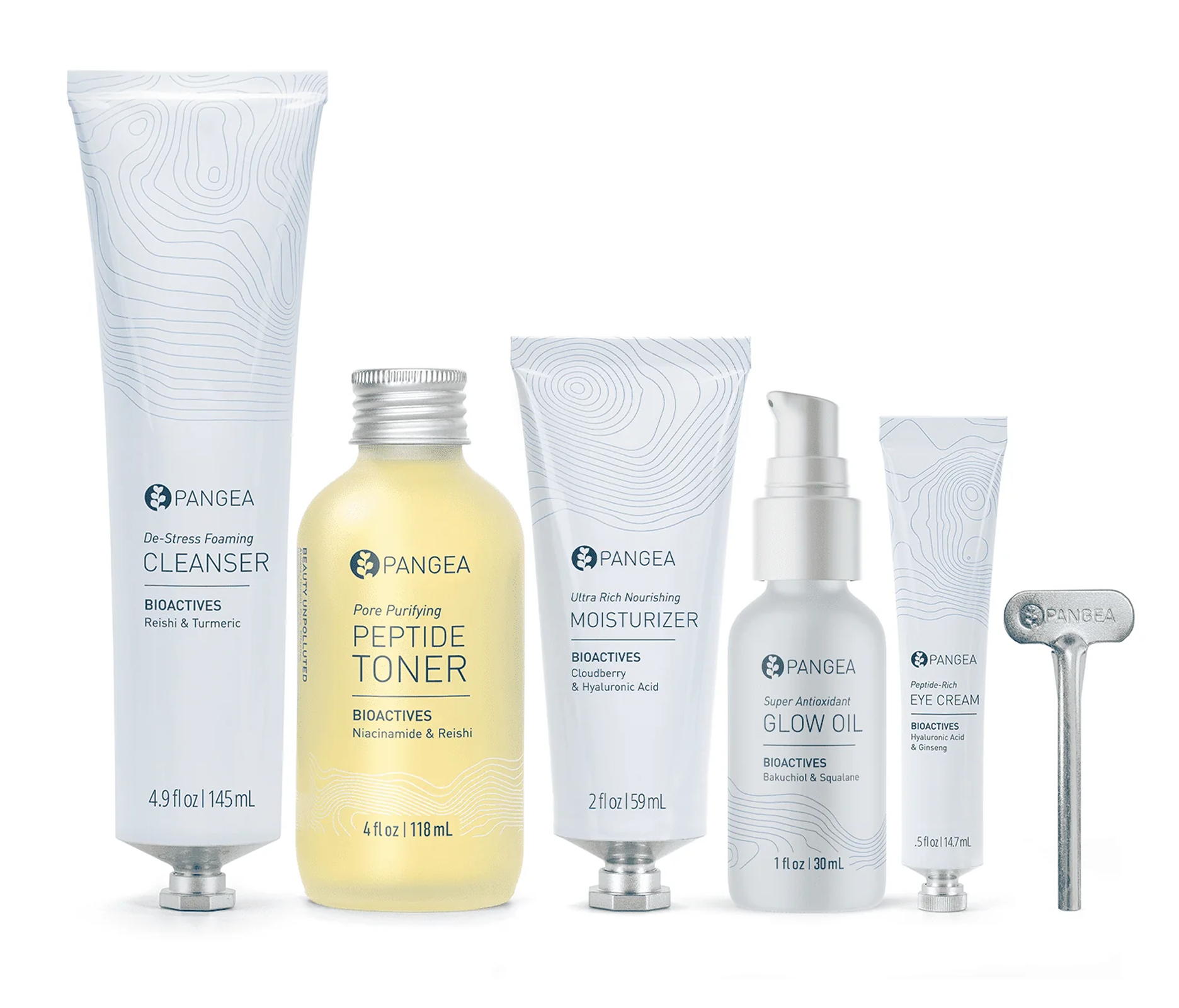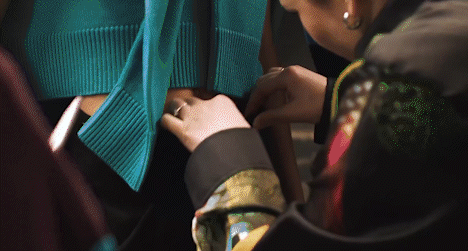Sustainable Packaging: Completing Shopping Circularity
Packaging is an unfortunate by-product of any purchase - there is little purpose for this once a product is purchased. But, there are a few solutions that fashion and wellness organizations may address this situation. One way is to use recycled materials whenever possible. Another way is to find materials that are biodegradable or compostable. Finally, businesses can limit the packaging they use while analyzing the entire process: from sourcing materials to disposal.
Ultimately, the goal is to close the loop and create a truly circular economy where renewal and repurposing are in place rather than simply discarding these materials. The Sustainable Packaging Coalition outlines several criteria to consider when making sustainable packaging:
It is beneficial, safe, and healthy for individuals and communities throughout its life cycle
It meets market criteria for cost and performance
It is sourced, manufactured, transported, and recycled using renewable energy
It optimizes the use of renewable and recycled materials
It is manufactured using clean production technologies and best practices
Optimizes materials and energy through design
Is recoverable and usable in closed-loop (reusable) cycles
Looking at various industries, brands are slowly put a few solutions into place.
Pangea Organics is an environmentally conscious personal care brand that takes sustainability to heart. The brand's packaging uses plant-based inks, is 100% recyclable, and is manufactured at a factory powered by wind energy. Pangea Organics is a fully plastic-free brand, including seals and labels. To address this, they have moved to the following solutions:
Aluminum is the most recycled material on earth. An astounding 84% of the aluminum ever produced is still being used. Plastic can only be downcycled; aluminum is recyclable almost an infinite number of times. Recycling a can takes 95% less energy than producing a new one. And, because it's so lightweight, using aluminum spares us millions of pounds of carbon emissions annually in shipping. The coating on the inside of our aluminum bottles is BPA-free. This lining creates a barrier between the aluminum and the product, so there is no contact.
Aside from being beautiful, glass is sustainable from beginning to end. Glass being a natural material, is processed without harmful chemicals and is highly stable, removing the concern that it will contaminate its contents or the environment. Like aluminum, glass is infinitely 100% recyclable.
Pangea Organics has developed plantable packaging as a sustainable alternative to plastic packaging. The plantable packaging is made from biodegradable materials that can be composted or planted in the ground. The plantable packaging will biodegrade and provide nutrients to the soil. Pangea Organics' plantable packaging is an excellent alternative to traditional plastic packaging.
Unfortunately, plastic-free pumps and atomizers are unavailable for us to purchase now. Customers who purchase pumps will not need to keep buying them each time they re-purchase a product that requires a pump. By selling our pumps separately, we are reducing the needless proliferation of single-use plastics.
Learn More: Founder Joshua Scott Onysko “What Will We Leave Behind?”
Image Courtesy Pangea Organics
Ikea has moved to mushroom-based packaging as an environmentally friendly alternative to plastic packaging. Mushroom-based packaging is made from mycelium, a fungus's vegetative part. Mycelium is grown in a lab and can be used to create a variety of shapes and sizes. Ikea's mushroom-based packaging is made from mycelium grown on agricultural waste, such as corn cobs. This solution works well for all internal packaging to ensure bottles remain intact during shipping and handling.
Learn More: IKEA Commits to Biodegradable Mushroom Packaging
Carlsberg eliminated plastic rings from a six-pack of its beer to reduce the amount of plastic waste in the ocean. The brewery worked with the Wildlife Conservation Society to design a new can carrier that uses cardboard instead of plastic. The cardboard is biodegradable and compostable.
Learn More: Carlsberg Launches Ground-Breaking Innovations To Reduce Plastic Waste
Puma reduced the amount of cardboard shoe boxes and tissue used in its products. The brand has adapted The Clever Little Bag, a reusable bag designed to reduce the amount of grocery store waste. The bag is made from a lightweight, durable fabric that is often reusable. San Francisco designer Yves Béhar of Fuseproject has also created eco-friendly packaging for footwear brand Puma, a half bag and half box. The product consists of a recyclable heat-woven bag and a flat-pack cardboard tray that provides structure. This new product uses 65% less cardboard than a standard shoe box, has no laminated printing, and does not contain tissue paper.
Learn More: Clever Little Bag by Yves Béhar for Puma
Uni, a new skincare line, has recycling at its core from launch. Besides developing a skincare product that has zero reef-harming ingredients, with each purchase, the consumer keeps the aluminum dispenser intended to be reused over and over again, and the aluminum refills are 100% recyclable, designed to be returned and refilled. Packaging reuse has been a long-standing solution for most wellness brands. Kiehls and Le Labo have had these programs in place. There are challenges. Returning for refills puts the responsibility on the consumer to follow through.
Learn More: We Are Uni: How It Works
All in all, no solution is perfect, and that is something that we need to accept. And while innovations in packaging are not the sole reason consumers support a brand, we must continue to be mindful of who they shop and how they shop to make packaging sustainability initiatives as purposeful as intended.























